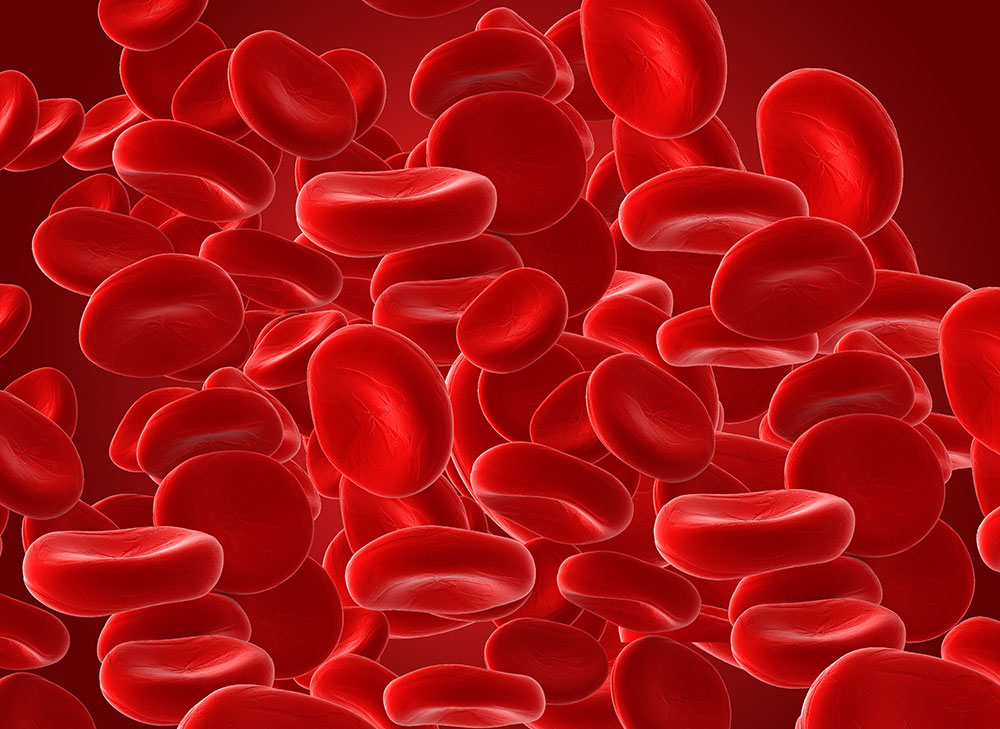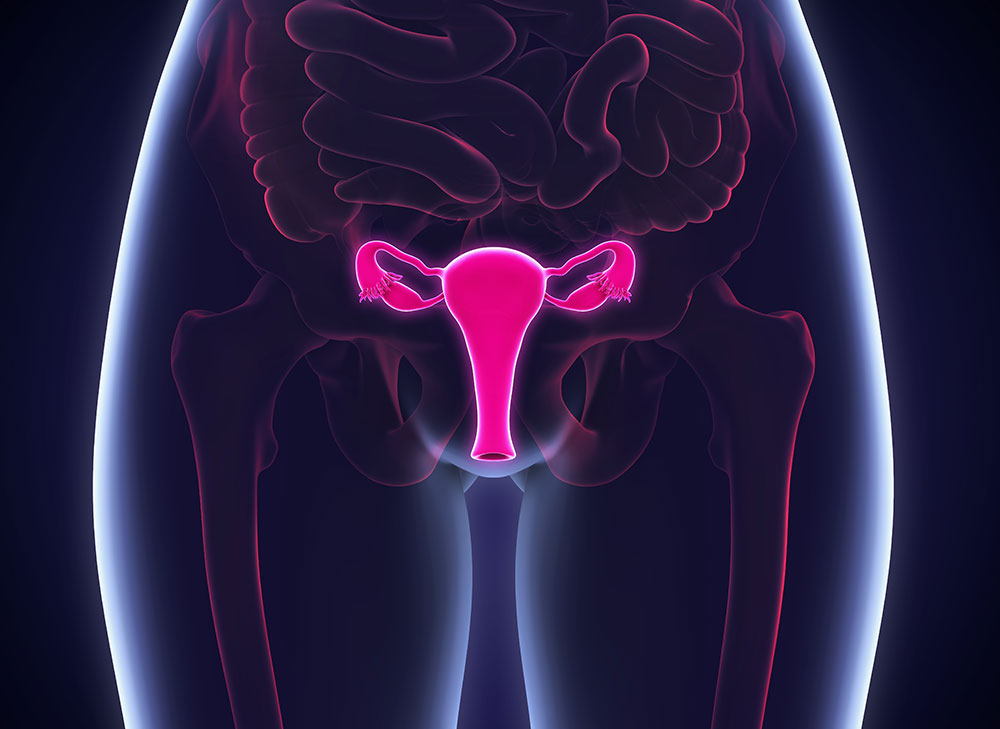Reminder: Genetic carrier screening for cystic fibrosis, spinal muscular atrophy, and fragile X syndrome is now bulk-billed. For more information, please click here.
In the 2nd and 3rd trimesters of your pregnancy, your doctor may order a series of tests to check for conditions that are more common in the later stages of pregnancy. Several of these conditions and their related tests are explained in more detail, below.
Haemoglobin and Platelet Levels
Your doctor may order more full blood count (FBC) tests later in your pregnancy, at around 28 weeks and, again, at 36 weeks, to measure the amount of red cells, white cells, platelets and haemoglobin in your blood. A low platelet level is one possible indication of pre-eclampsia (high blood pressure) and a low haemoglobin level may indicate iron deficiency/anaemia. Your body needs iron to produce haemoglobin, a protein in your red blood cells that carries oxygen around the body.

Iron Deficiency and Anaemia
Based on statistics in the 2014 ABS Census, approximately 70% of pregnant women in their 3rd trimester are iron deficient. Developing iron deficiency during the later stages of pregnancy is common because your body needs extra iron so that your baby has a sufficient blood supply and receives the necessary oxygen and nutrients required for its development. Your doctor may monitor your iron levels throughout your pregnancy, particularly if tests ordered in early pregnancy showed a low level of iron. Iron deficiency can result in symptoms, such as fatigue and headaches, and lead to anaemia if left untreated.

Gestational Diabetes
Gestational diabetes (diabetes during pregnancy) affects approximately 12 to 14% of pregnant women in Australia, and the risk increases with maternal age. It is diagnosed when a woman has higher than normal blood glucose levels during pregnancy and poses a threat to the baby by increasing the chances of birth complications if not properly managed. It is important, therefore, to test for, diagnose and manage gestational diabetes.
Testing for gestational diabetes is usually carried out between weeks 24 and 26. For women who are at higher risk, however, testing should be carried out earlier in pregnancy. Gestational diabetes is diagnosed by a two-hour oral glucose tolerance test (OGTT). Before the test, you will be asked to fast overnight. The collector will then take an initial blood draw, to check your fasting blood glucose levels. You will then be given a syrupy glucose drink and will have your bloods taken one hour after the drink and, again, at two hours after the drink, to check your blood glucose levels.

Group B Streptococcus and Syphilis
Group B streptococcus is a common bacterium that lives in the human body. It is found in the gut, rectum and vagina of about 25 per cent of all healthy women. It causes no symptoms, however, in rare cases, it can be passed to the baby at birth and cause serious illness or even death. If you are a carrier, you'll be given antibiotics during labour to prevent the disease being passed to your baby. The test for Group B streptococcus is performed between 35 and 37 weeks.
In addition to routine syphilis testing at your first antenatal doctor’s appointment, your referring doctor may also order syphilis testing again later in your pregnancy at 28 and 36 weeks based on the recommendations of clinical and state health guidelines.

